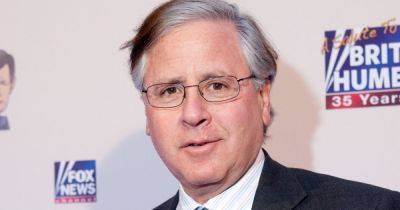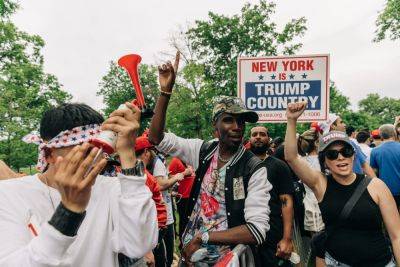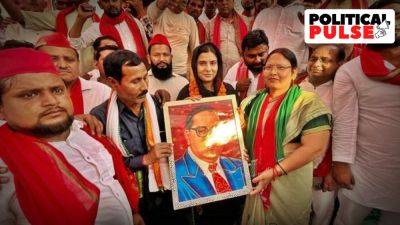Dominance of Jats to Muslims in Mewat: How Haryana’s caste-community matrix shapes up
In Haryana, which voted in the parliamentary elections on Saturday and, crucially, will see an Assembly election later this year, caste is as entrenched a feature of politics as in the other Hindi heartland states.
The parliamentary elections saw both the ruling BJP and the Congress balance out caste equations when fielding candidates for the 10 seats. In most of the seats, both fielded candidates from the same community or caste group. For the BJP, the key was to consolidate key caste groups under the umbrella of Hindutva, given that Hindus comprise 87% of the state’s population. As a result, the party campaigned on issues such as Ram Temple and Article 370 abrogation and alleged that the Congress would give reservation to Muslims from the OBC share if it came to power.
Jats form approximately 27% of the state’s population and dominated state politics till 2014. The same year, BJP won seven out of 10 Lok Sabha seats in Haryana and months later got a full majority with 47 seats in the 90-member Assembly, appointing Manohar Lal Khattar who is from the Punjabi community as the CM. The anti-incumbency sentiment against the 10-year rule of Bhupinder Singh Hooda in Haryana and the UPA in the Centre, and the rising Narendra Modi factor were the key factors for this change.
Jats have a strong presence in 40 of the 90 Assembly segments. Since 1966, when Haryana was carved out of Punjab, CMs from the Jat community have ruled the state for 33 years while non-Jat CMs have run the state for nearly 24 years, including Khattar’s nine-and-a-half-year tenure. Though Haryana’s first and second CMs, Bhagwat Dyal Sharma and Rao Birender Singh, were non-Jats, the tenures of non-Jat CMs have been brief, except that of Bhajan Lal who still holds







